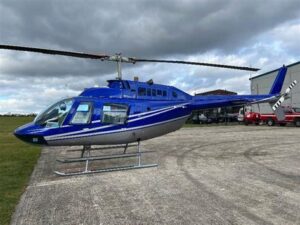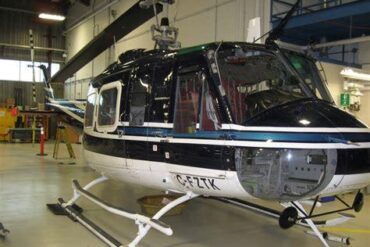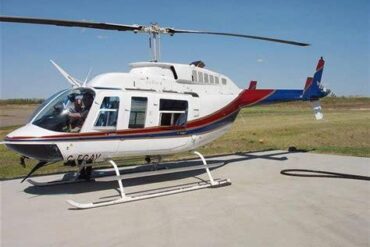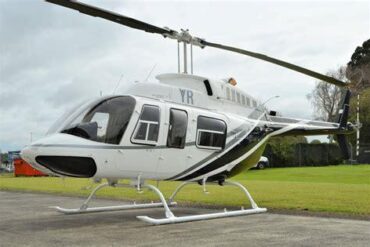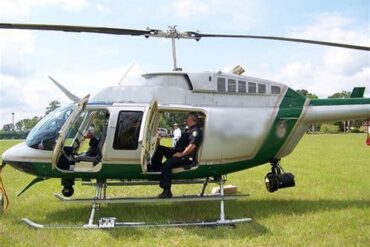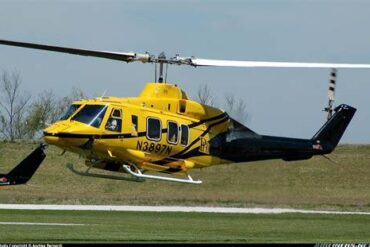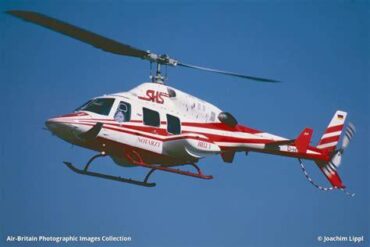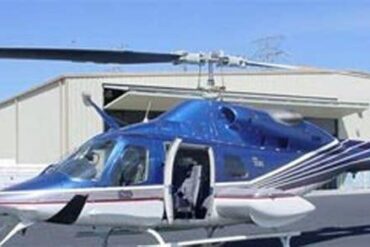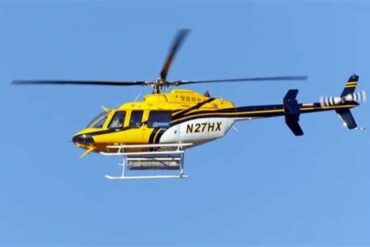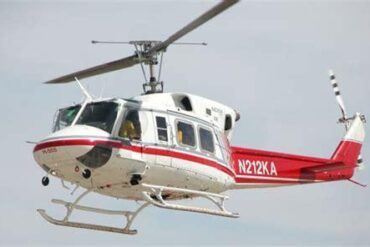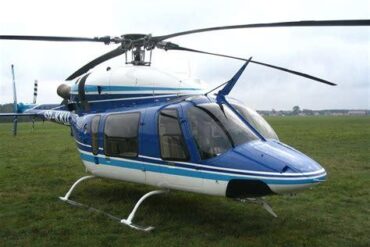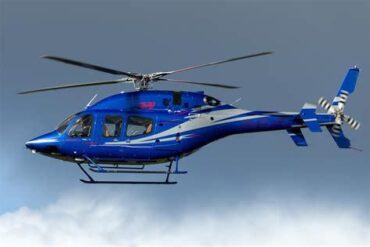The Bell 206B3, a renowned helicopter model, has established itself as a versatile and reliable aircraft in the aviation industry. Its operational efficiency, coupled with a rich history of performance, makes it a popular choice among commercial operators, law enforcement agencies, and private owners. This article delves into the price, operating costs, and other financial considerations surrounding the Bell 206B3, providing a comprehensive overview for potential buyers and operators.
Understanding the Bell 206B3
The Bell 206B3 is an upgraded version of the earlier 206B model, featuring a more powerful engine, improved avionics, and enhanced performance characteristics. With a maximum gross weight of 3,200 pounds and seating capacity for up to four passengers, the Bell 206B3 is equipped to handle a variety of missions, including tourism, medical transport, and utility operations. The aircraft is powered by the Allison 250-C20 turbine engine, providing a reliable power-to-weight ratio that contributes to its popularity.
Price of the Bell 206B3
When considering the purchase of a Bell 206B3, the initial cost is a significant factor. As of recent market evaluations, the price of a used Bell 206B3 typically ranges from $400,000 to $800,000. Factors influencing the price include:
-
Aircraft Condition: The overall maintenance history and current state of the helicopter play a crucial role in determining its market value.
-
Modification and Upgrades: Aircraft that have been upgraded with modern avionics, better interiors, or additional features may command higher prices.
-
Total Flight Hours: A lower total flight time often correlates with a higher asking price, reflecting less wear and tear on the helicopter.
Market Variability
The Bell 206B3’s price can also be influenced by market trends, regional demand, and the availability of comparable aircraft. Buyers should conduct thorough market research, potentially engaging with a broker who specializes in helicopter sales to ensure they get the best deal.
Operating Costs of the Bell 206B3
Operating costs are a crucial consideration for any aircraft owner, as they can significantly impact the overall cost of ownership. The key components of operating costs for the Bell 206B3 include:
1. Fuel Costs
The Bell 206B3 is known for its fuel efficiency among turbine helicopters. The aircraft typically consumes around 15 to 20 gallons per hour of Jet A fuel. With current fuel prices averaging around $5 to $7 per gallon, operators can expect to incur fuel costs of approximately $75 to $140 per hour of flight time. This figure can vary based on operational practices and flight conditions.
2. Maintenance Costs
Routine maintenance is essential for the safe and efficient operation of the Bell 206B3. Maintenance costs can fluctuate widely, but a rough estimate for scheduled maintenance is about $150 to $300 per flight hour. This cost includes:
-
Preventive Maintenance: Regular inspections and necessary adjustments to ensure optimal performance.
-
Parts Replacement: Ongoing replacements of parts subject to wear and tear, including components like blades, tires, and filters.
-
Overhaul Costs: Significant expenses arise from engine and component overhauls, which are usually scheduled based on total flight hours or cycles.
3. Insurance Costs
Insurance is another important cost factor. The average insurance premium for a Bell 206B3 ranges from $10,000 to $20,000 annually, depending on the operator’s experience, use, and the specific coverage chosen. This cost often includes liability coverage and hull insurance.
4. Hangar Fees
Storing the Bell 206B3 at a fixed base operator (FBO) or a private hangar incurs additional costs. Hangar fees can range from $300 to $1,500 per month, depending on location and amenities provided. Some operators choose to store their helicopters outdoors, which may reduce costs but can lead to increased wear and tear over time.
5. Pilot Salaries
If the helicopter is operated commercially, hiring a qualified pilot adds to the operating expenses. The salary for a commercial helicopter pilot varies widely but averages between $60,000 and $100,000 annually. This does not account for additional costs like training, certifications, and recurrent training sessions.
Cost Comparison: Bell 206B3 vs. Competitors
When evaluating the Bell 206B3, it is helpful to compare its operating costs and purchase price against similar models in the market. For instance:
| Helicopter Model | Price Range | Fuel Consumption (GPH) | Maintenance Cost (PH) | Insurance Cost (Annual) |
|---|---|---|---|---|
| Bell 206B3 | $400,000 – $800,000 | 15 – 20 | $150 – $300 | $10,000 – $20,000 |
| Robinson R44 | $300,000 – $500,000 | 13 – 15 | $120 – $250 | $5,000 – $10,000 |
| Eurocopter EC120 | $700,000 – $1,000,000 | 10 – 15 | $180 – $320 | $12,000 – $25,000 |
Insights from the Comparison
While the Bell 206B3 may have a higher purchase price than some competitors like the Robinson R44, its operational versatility and reliability make it an attractive option. Moreover, its fuel consumption is competitive compared to similar turbine helicopters, ensuring cost-effective operations.
Financial Considerations for Buyers
Before committing to the purchase of a Bell 206B3, potential buyers should conduct a thorough financial analysis, taking into account both initial and recurring costs. Key considerations include:
-
Budget: Establishing a clear budget that covers not only the purchase price but also ongoing operating costs.
-
Financing Options: Exploring financing arrangements that can spread the cost of acquisition over time, potentially easing immediate financial pressure.
-
Tax Implications: Understanding the tax implications of owning and operating a helicopter, including possible deductions for business use.
Resale Value
The resale value of the Bell 206B3 is also a critical factor in the financial decision-making process. Generally, well-maintained aircraft with lower total flight hours tend to retain their value better. Market trends indicate that the Bell 206 series has a strong resale market, thanks to its reputation and demand, which can mitigate depreciation costs for owners.
Conclusion
In summary, the Bell 206B3 stands out as a cost-effective and versatile helicopter option for various operational needs. While the initial purchase price and operating costs may seem significant, the aircraft’s reliability, performance, and strong resale value present a compelling case for potential buyers. By conducting thorough research and careful financial planning, operators can leverage the advantages of the Bell 206B3 to meet their aviation needs effectively.
